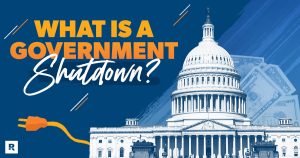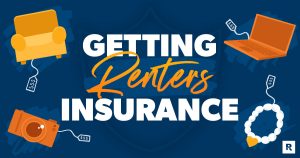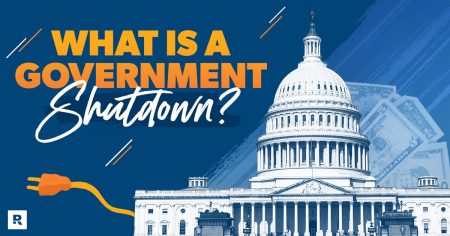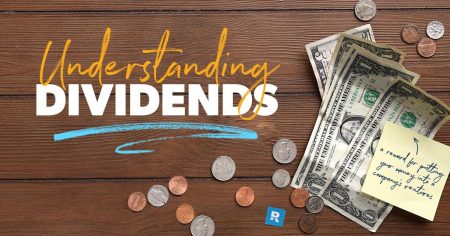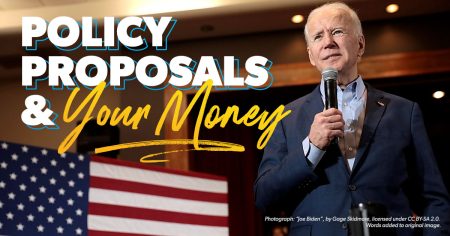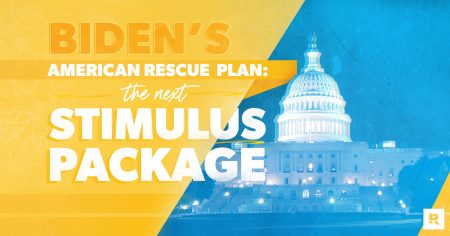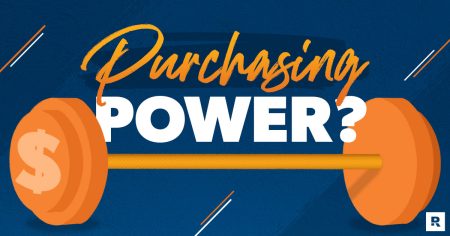Every business will face an emergency at some point. Building a cash reserve will help your small business to weather the storm.
What is a cash reserve?
Cash reserves are funds set aside to cover unexpected expenses or financial emergencies. It serves as a crucial safety net for small businesses.
How much money should go into a cash reserve?
Step one for building a cash reserve for your business is understanding how much money you need. Look at your finances and determine your average monthly cash outlay. Based on your business’s needs, set a goal to save enough cash to withstand whatever timeline you believe is necessary.
At the bare minimum, you should have at least 3 months’ worth of savings in your reserve at any given time. Ideally, you would save up to 6 months’ worth.
Review a list of non-negotiable expenses each month. These costs include your rent, employee pay, and vendor agreements. If you want to save even more, you can look for negotiable expenses (or expenses that you could cut if your business closed) and save for those as well. These costs can include marketing, materials, and inventory.
To calculate your ideal business cash reserve amount, understand that you should expect zero revenue during an emergency closure. Your business will need to rely on your reserves entirely. For example, a hurricane could shut down your business for a month and require repairs. During this window, there may be no way for your business to earn a profit, and you would need to eat into whatever cash reserves you had.
You never want to face a situation where your business will have to close for 3–6 months, but having enough cash available to sustain your company through that downtime will give you some peace of mind.
Treat your cash reserve like a fixed expense.
You likely have several fixed expenses each month—these costs are recurring and do not fluctuate monthly. Common fixed expenses for small businesses include rent, insurance, and car payments for fleet vehicles. If you are serious about setting up a cash reserve, treat it as an additional fixed expense.
Move your savings into a separate account, or create a label within your accounting system for the cash reserve. This way, you will allocate funds to the cash reserve automatically before you look at your more dynamic costs or calculate your monthly profits.
You don’t need to set aside much each month (even a few hundred dollars monthly will add up over a year). However, the sooner you have your reserve built, the better off your business will be if you need to close suddenly for an extended period.
Create a guide for when you can use your reserve.
Whether you are a small business owner with a few employees or a growing brand with a large team, develop a policy for when it’s acceptable to pull from your cash reserve. These guidelines can be a simple written agreement that you keep in your accounting documents or part of your company’s financial bylaws.
This guide is meant to prevent abuse from you and your team—you don’t want to pull from your cash reserve for small problems and repairs, diminishing the amount you have saved. It’s entirely possible to eat away at your reserve if you don’t have a plan in place for when to use it.
Consider creating guidelines to approve the use of these funds. For example, you could require both co-owners to sign off on using funds or require board or investor approval. These steps help create safety nets within your company to protect your funds until you really need them.
Pay back your reserve if you use it.
If you dipped into your cash reserve during the pandemic or needed it for other emergency expenses, don’t forget to pay it back afterward. Cash reserves are meant to be used from time to time, but they are also meant to be repaid when used.
If you’ve followed the advice above, you’ll have established your cash reserve as a fixed expense so it will begin replenishing quickly. However, if you drained a large portion of it, you might want to increase your monthly repayment amount or even consider adding a lump sum to the reserve.
Any cash reserve is better than no cash reserve.
Don’t get overwhelmed with the idea of needing several months of savings immediately. If you feel like creating a cash reserve is an impossible task, then you’re more likely to give up in a few months.
Know that your reserve is going to start small and that it’s okay. Any money you have set aside will help. It doesn’t matter how much or how little you put into your cash reserves—over time, that money will grow. Eventually, you’ll have a safety net to keep your business thriving through any crisis.
Information provided on this blog is for educational purposes only, and is not intended to be business, legal, tax, or accounting advice. The views and opinions expressed in this blog are those of the authors and do not necessarily reflect the official policy or position of Lendio. While Lendio strives to keep its content up-to-date, it is only accurate as of the date posted. Offers or trends may expire, or may no longer be relevant.
Read the full article here


